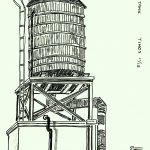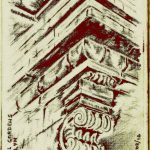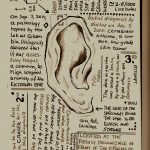A short description of method used:
The first layer was made with the exfused imprinting of genetic material from specimens belonging to haplogroup J2-M172, based on an Y-DNA test and autosomal DNA test, from kit HY8153850. The specimen was collected through molecular randomization based on identifying and enumerating specific mitochondrial groups, and by characterizing spatial and temporal patterns in portions of chromosomal elements, for comparison with existing sequences in public data bases.
A topological segmentation led to extracting citrus sinensis peels with n-hexane and n-dichloromethane, respectively. The resulting extracts were subjected to gas chromatography mass spectrometry (GCMS) characterization. The extracts were also assayed for free radical scavenging ability against 1,1 –diphenyl –2 picrylhydrazyl (DPPH), antioxidative burst via measuring luminol.
As part of the next layering process, pantothenic acid found in cucumis melo and citrus lanatus was mixed in a water soluble concoction, considered to be byproducts of food processing, determining the total phenolic content and antioxidative activities of methanolic extracts of the powdered skin fragments of tissue that becomes manifest in biologically active compounds like tocopherols, phospholipids, and sterols.
The resulting valorized mixture was treated with extracts from Monsterel Graciano vitis vinifera stems, and compared to negative, no extract, and positive, sodium metabisulphite controls for their effect on color, lipid and protein oxidation and bacterial growth under simulated display conditions and sensory quality. Antioxidant activity and redness of the layered fixatilation increased in order of thiobarbituric acid reactive substances and carbonyl values.
Resulting properties of sedimented caffea arabica established bioactive components on the areas bordering on the epoxical crust, which included phenolic compounds (chlorogenic acids, cafestol and kahweol), alkaloids (caffeine and trigonelin), diterpenes (cafestol and kahweol) and other secondary metabolites deposited on the cellulite membrane of the working surface.
Finishing strips of molecular-glue degraders mediated interactions between target proteins and components of the ubiquitin-proteasome system on the cellulite base, to cause selective protein degradation. A molecular glue element of HQ461 bonded by high-throughput screening.
この投稿を評価
コメント
コメントを投稿するにはログインしてください。


 English
English JP
JP English
English








Understanding Your Audience is Essential Before Writing Any Content You Must Understand Your Content Writing Target Audience. They, who? What are their preferences, requirements, and problems? For your material to be effective, it must be customized to appeal to your audience.
thanks for good information be like the you can visit to the https://www.hightech-autoglass.com/windshield-replacement-in-buckeye/